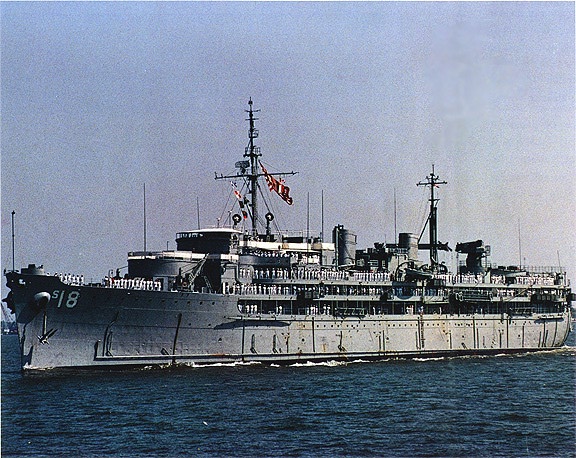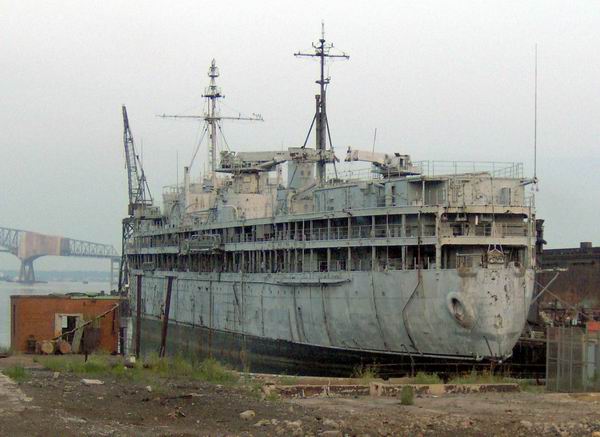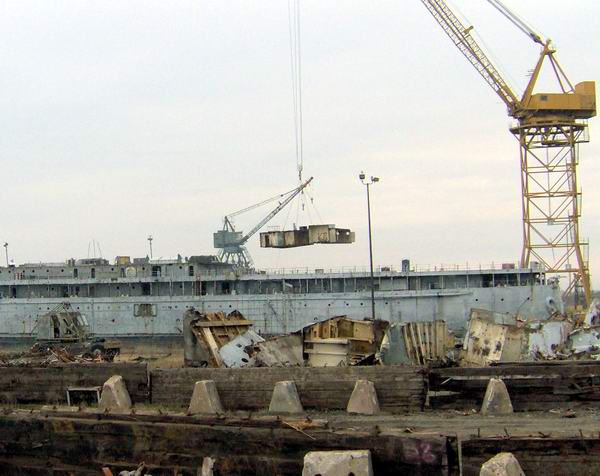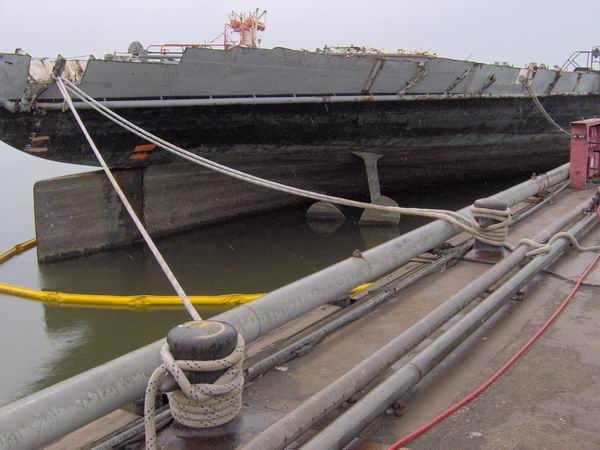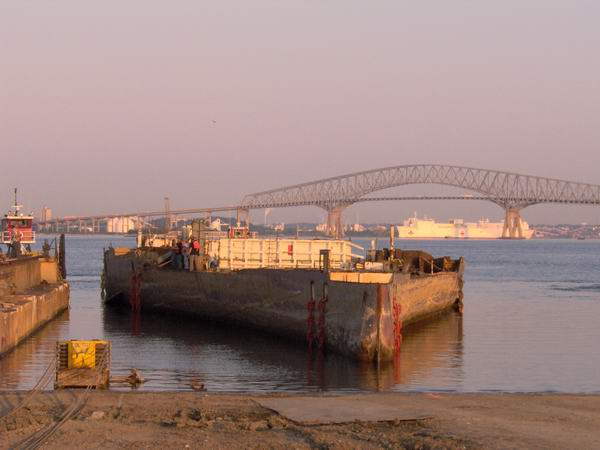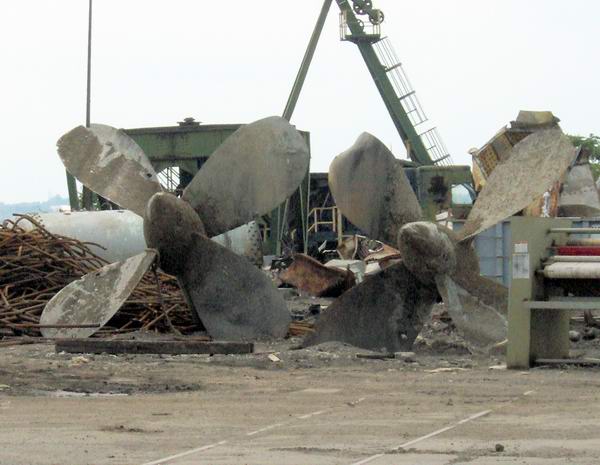JohnnySavage
Literotica Guru
- Joined
- Aug 25, 2008
- Posts
- 44,469
I don't know what the names of the skimmers are. They all look like targets to me 
Follow along with the video below to see how to install our site as a web app on your home screen.
Note: This feature may not be available in some browsers.
The 4th one has "154" on it. How do you know what letters go in front of those?

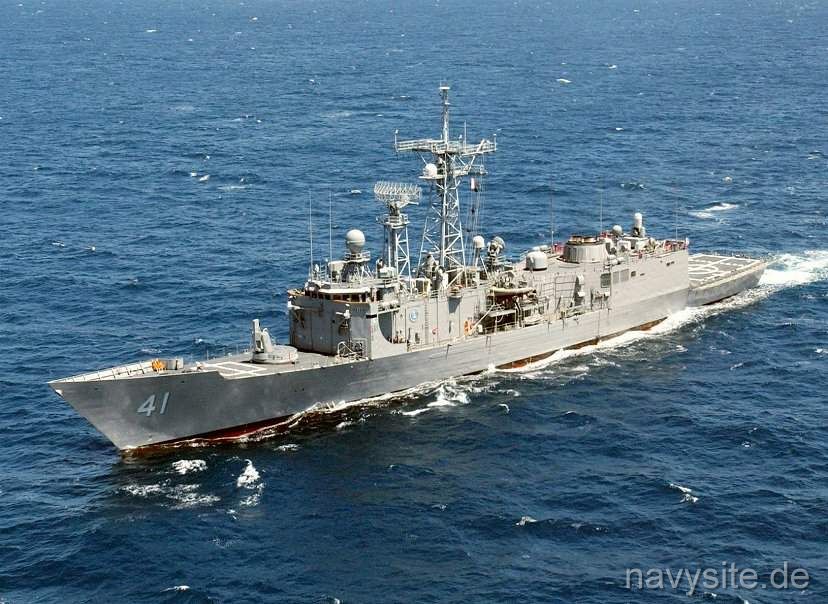
This is my ship. I have served on many others, but this one is mine. I put her into Commission on 10 December 1983. She will be Decommissioned on 9 January 2015, and struck from the list on 14 January when she will be sold to the Mexican Navy.

Suddenly I feel old.
This is my ship. I have served on many others, but this one is mine. I put her into Commission on 10 December 1983. She will be Decommissioned on 9 January 2015, and struck from the list on 14 January when she will be sold to the Mexican Navy.

Suddenly I feel old.
